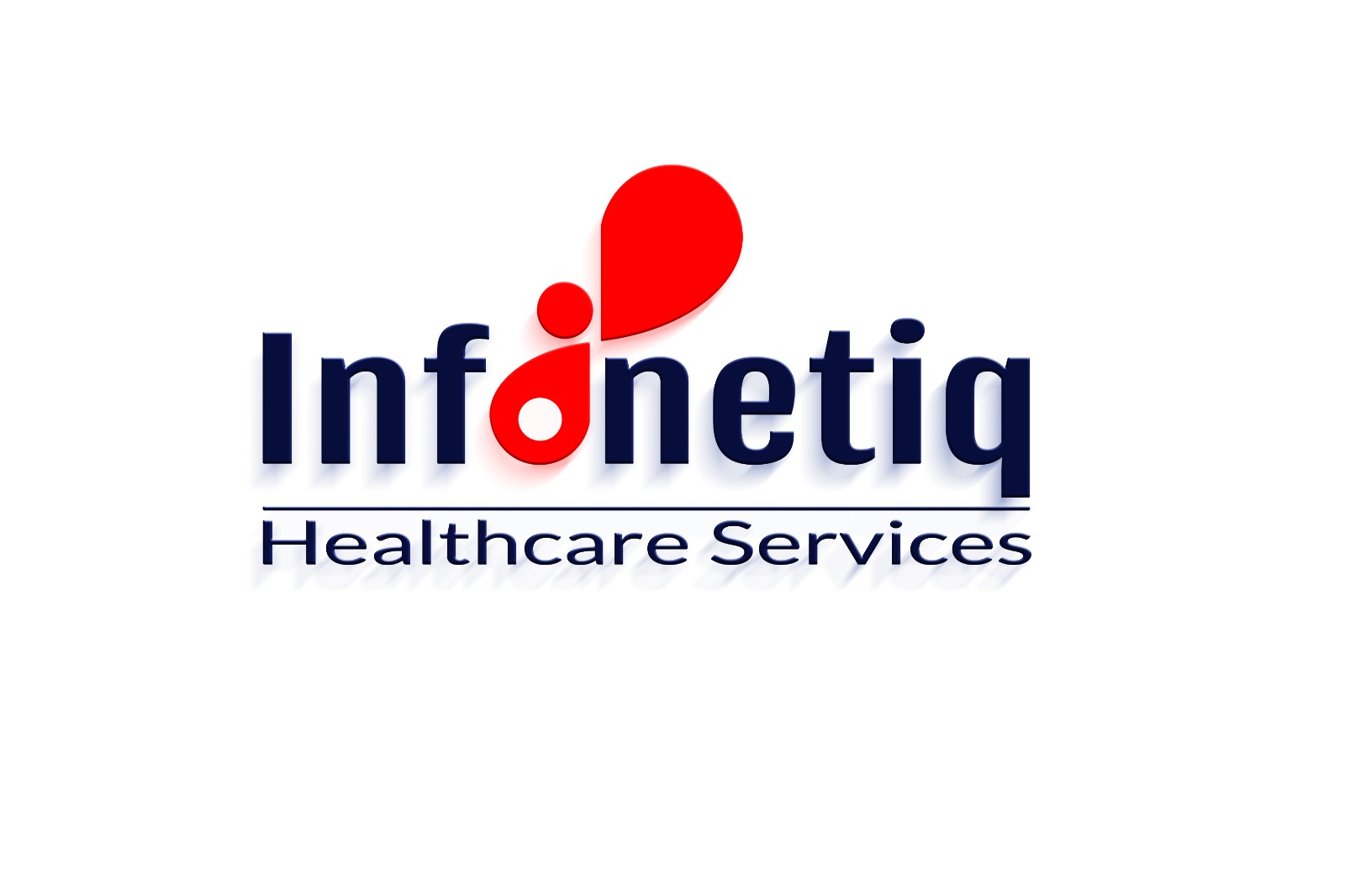The International Classification of Diseases and Related Health Problems (ICD), developed by the World Health Organization (WHO), is the global norm for the systematic categorization, recording, reporting, analysis, interpretation, and comparison of mortality statistics. Global implementation of the 11th edition began on January 1, 2022. Despite the worldwide obligation, it will take several years for nations like the United States to completely accept the change. The medical community has to be aware of the following in order to prepare for and execute the ICD-11 version. The Evolution of the ICD-10 Standard over Time To keep track of morbidity and illnesses in the population, the International Classification of illnesses (ICD) system was developed. The first effort at an international registry of vital statistics was made in 1898 with the Bertillon Classification of Causes of Death, which was later accepted by the American Public Health Association and the Conference of State and Provincial Boards of Health of North America. The classification and the following Statistical Classification of Diseases, Injuries, and Causes of Death served as the forerunners of the current International Classification of Diseases (ICD) standard, which the WHO continues to publish. ICD has developed over time into the most commonly used statistical categorization system in the world, together with the Current Procedural Terminology (CPT) code set, which together form the financial architecture of the US healthcare system. However, the ICD system must evolve along with our understanding of illnesses and their treatments. ICD-10, the earlier version, was created in 1983 and approved by the World Health Assembly (WHA) of the WHO in 1990. Member nations began utilizing it in 1994. The United States mandated ICD-10 in 2015. ICD-10 is built on a categorization logic based on seven alphanumeric characters that has the mathematical ability to produce a far larger number of codes than ICD-9 did. The CDC reports that there are nearly 50 times as many ICD-10 procedure codes and ICD-10-CM (Clinical Modification) diagnostic codes in ICD-10 as there were in ICD-9-CM, which had only around 3,800 procedure codes and 14,000 diagnosis codes. ICD-10-CM and ICD-10-PCS (Procedure Coding System) are unique to the United States and were created by CMS and NCHS. This capacity encompassed new standards and medical breakthroughs while also greatly raising the level of precision. What Differs ICD-10 and ICD-11? On June 18, 2018, the ICD-11 draft was made public, and in May 2019, it was presented at the WHA. On January 1, 2022, the official categorization system was implemented. The updated version fills up ICD-10’s deficiencies and includes innovations such as recent findings, procedures, and ways of thinking that have become standard in contemporary medicine. The ICD-11 system differs significantly from the prior ICD-10 system in the following ways: More substantial classification and coding are used in ICD-11 than ICD-10. As opposed to the ICD-10’s 14,000, the new version has 55,000 distinct codes. It provides an even higher degree of specificity, which may be used to a wider variety of categories for illnesses, disorders, injuries, and fatalities. It also provides a functional score and allows for dual coding of conventional and alternative medical diagnoses. ICD-11 now includes several more mental, behavioral, and neurodevelopmental illnesses. Anxiety or fear-related illnesses, dissociative disorders, personality disorders, schizophrenia, mood disorders, impulse control disorders, and obsessive-compulsive or associated disorders are a few examples of the new disorders. To promote awareness and comprehension of evolving mental health conditions, each mental disorder classified in the ICD-11 contains a description of the disease. ICD-11 has broader international usage, provides guidelines for diverse cultures (see dual coding above), and offers translations into over 50 different languages. As a result, there will be greater standardization, collaboration, and interoperability as a result of the development of a worldwide categorization of codes. ICD-11 was created to be electronic and simple for a worldwide audience in the digital era, with easy interface with electronic health systems and the capacity to record increasingly sophisticated data. ICD-11 uses a dimensional approach as its foundation, allowing diagnoses to include categories for severity, course, and particular symptoms. The system is improved in its ability to track change over time by these dimensional expansions. Pandemic emergency codes already included into the ICD-11 system were sought by member nations in response to the COVID-19 pandemic. These codes serve to establish COVID-19 as the cause of death, validate the diagnosis of COVID-19, categorize post-COVID-19 symptoms, and keep track of COVID-19 vaccines and any negative vaccination responses. When will the ICD-11 standard be adopted in the United States? On January 1, 2022, ICD-11 became law after its development and approval. The system will take some time to be adopted, though. The WHO anticipates it may take one to two years to completely deploy the system in nations that haven’t utilized an earlier version of the ICD or a basic information system. It might take up to five years for those with more complex systems who are already using older ICD versions to switch over. It is anticipated that it will be fully implemented as early as 2025 (2027 if a Clinical Modification set is required), however the exact timeframe is still being decided. The 10th edition of the ICD began approximately 40 years ago, thus despite the delayed acceptance, a new version is long required. ICD-10 adoption during the preceding ten years shows that there is a multi-phase strategy to the installation of a new system. ICD-11’s technology advancements, however, should make the changeover easier and take less time. In any case, healthcare providers must get started on planning and implementing the 11th revision right away. The new modifications must be included by coding managers and administrative experts because almost 30% of codes have an influence on all professions. This will enable faster adoption and lower reimbursement turnaround times. Infonetiq can help you become ready for the eventual ICD-11 Standard.





